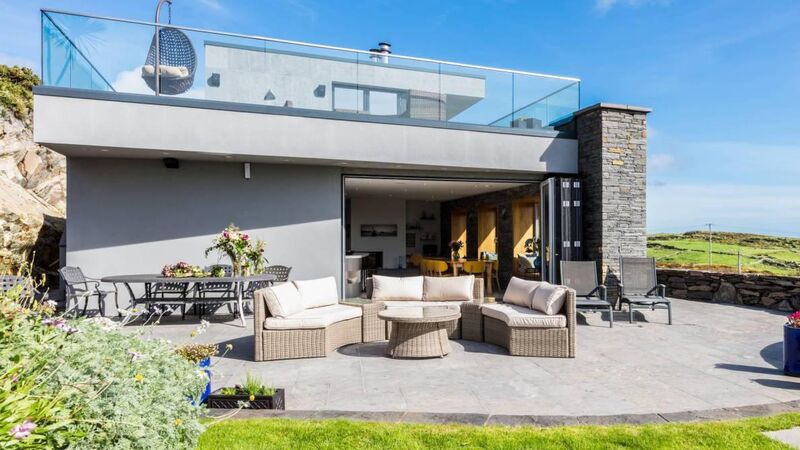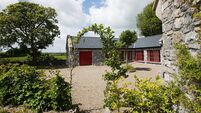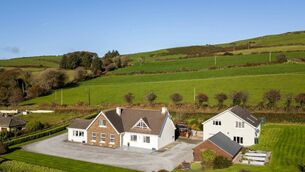Build a new home or renovate an old property?

A renovated bungalow will have some connection to the original house, though with the caveat that you will be a little restricted in your new design by the original structure. This was a new/replacement build and a Home of the Year finalist in 2018













